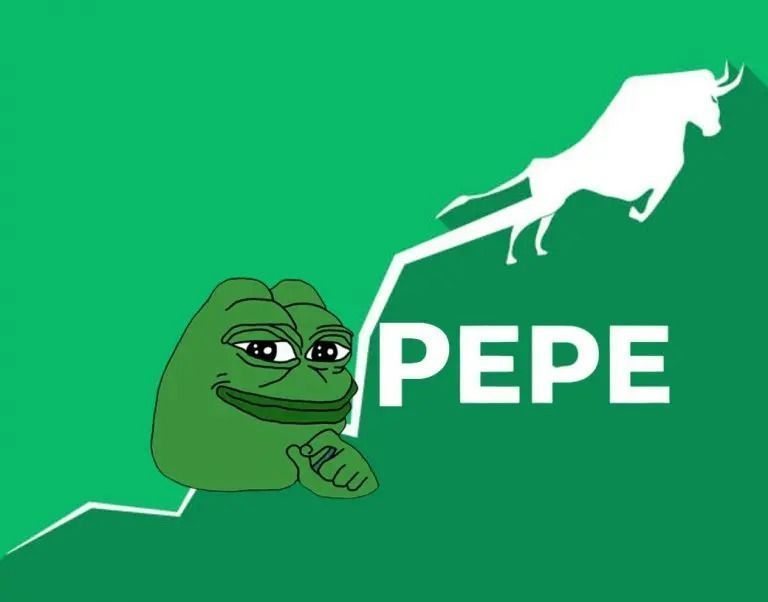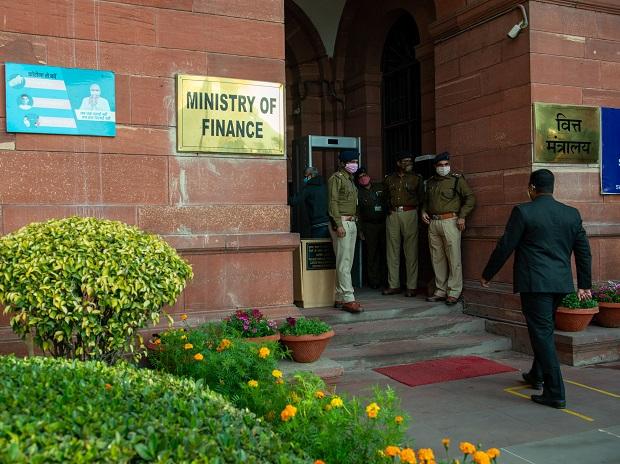
Raising political temperatures ahead of Lok Sabha elections, the Bharatiya Janata Party-led National Democratic Alliance (NDA) government on Thursday, in a white paper, said that the banking crisis was one of the most infamous legacies of the Congress-led United Progressive Alliance (UPA) government, which ruled the Centre between 2004 and 2014.
When the Atal Bihari Vajpayee-led NDA government took office, the gross non-performing asset (GNPA) ratio in public sector banks (PSBs) was 16 per cent, and when they left office, it was 7.8 per cent.
In September 2013, this ratio, including restructured loans, had climbed to 12.3 per cent, largely because of political interference by the UPA government in the commercial lending decisions of PSBs.
“Worse, even that high percentage of bad debts was an underestimate,” the paper said.
The paper, issued by the Ministry of Finance, said the banking crisis in 2014 was massive, and the absolute sum at stake was too large. Gross advances by PSBs were only Rs 6.6 trillion in March 2004.
In March 2012, it was Rs 39 trillion. Further, not all problem loans were recognised. There was much under the hood.
Quoting a Credit Suisse report published in March 2014, the white paper said the top 200 companies with an interest coverage ratio of less than one owed about Rs 8.6 trillion to banks. Nearly 44 per cent of those loans (Rs 3.8 trillion) were yet to be recognised as problem assets. That alone would have added another 6.7 per cent to the GNPA ratio.
In 2018, in a written response to a parliamentary panel, a former governor of the Reserve Bank of India said, “A larger number of the bad loans originated in the period 2006-2008,” the paper said.
The white paper elaborated on steps the NDA government took to nurse the Indian banking system back to health. In the past 10 years, the government has revitalised the stagnant financial sector and overhauled the credit ecosystem within the economy, bringing about major improvements.
The implementation of the Insolvency and Bankruptcy Code and steps taken to strengthen the balance sheets of the banking sector, including asset quality review, prompt corrective action framework, improved asset quality, and capital infusion.
GNPAs of state-owned lenders stood at 4.4 per cent, and net NPAs at 1 per cent at the end of September 2023, according to the Financial Stability Report in December 2023.
The ratio of GNPAs as a proportion of gross advances declined to a multi-year low of 3.2 per cent in September 2023. The restored profitability of PSBs then and now tells its own story of rescue, recovery, and rejuvenation, it added.
Referring to the state of the Indian economy, it said that it showed elevated external vulnerability. In an era where capital flows dominate, India’s external vulnerability shot up because of over-dependence on external commercial borrowings (ECBs).
During the UPA government’s tenure, ECB rose at a compound annual growth rate of 21.1 per cent (during 2003-04 through 2013-14), whereas in the nine years from 2013-14 through 2022-23, they have grown at an annual rate of 4.5 per cent. No surprise, therefore, that our economy was in a vulnerable position in 2013 when the US dollar rose sharply.
The UPA government had compromised external and macroeconomic stability, and the currency plunged in 2013. From its high to low, against the dollar between 2011 and 2013, the rupee plunged 36 per cent, it added.
Now, under the NDA regime, India’s external sector is much safer, with foreign exchange reserves increasing from $303 billion (equivalent to 7.8 months of imports) in March 2014 to $617 billion (10.6 months of imports) in January 2024.
India has come a long way and could easily ward off the threat of rising US Federal Reserve rates in 2021-22 when monetary tightening commenced the world over in the wake of global inflationary pressures. The rupee has been remarkably stable against the dollar in the past two years, it said.
First Published: Feb 08 2024 | 10:35 PM IST







